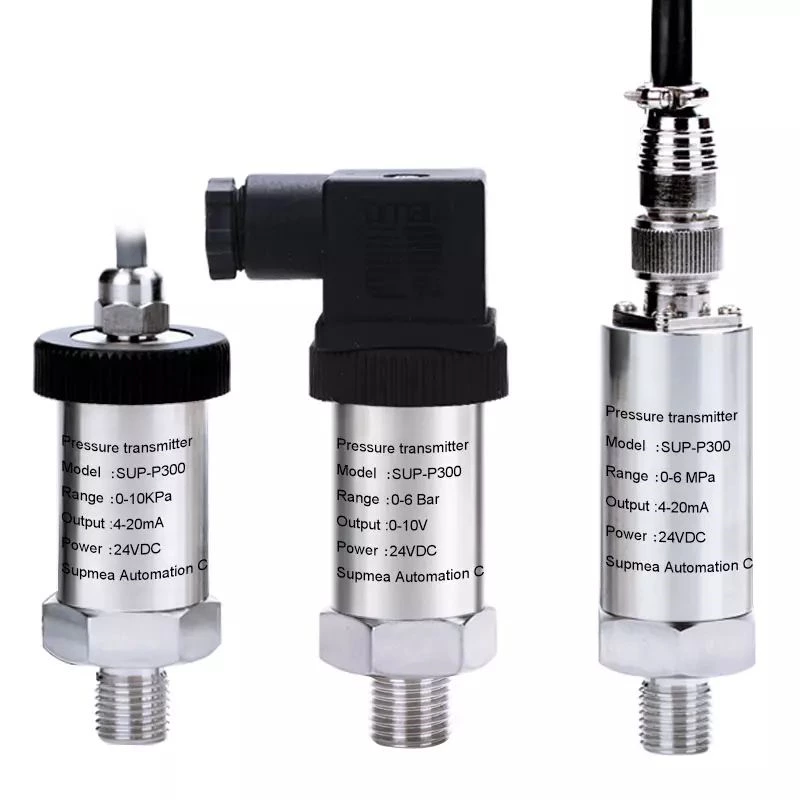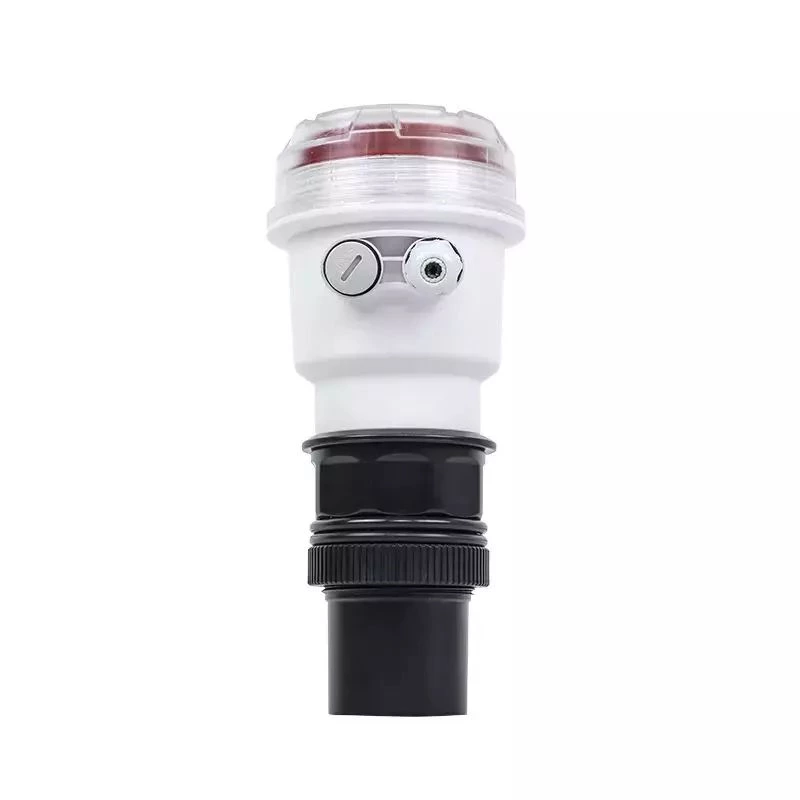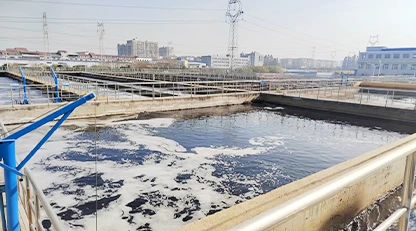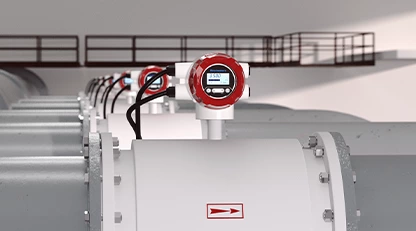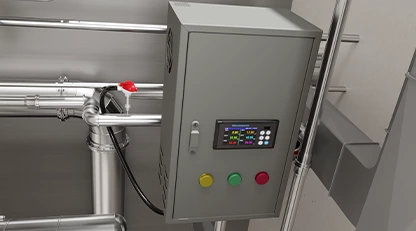What is conductivity meter calibration?
Conductivity meter calibration is the process of adjusting the instrument to read accurately the conductivity of a solution. Conductivity is the ability of a solution to transmit an electrical current. Conductivity meter calibration typically involves using a conductivity standard solution with a known value to determine the meter’s accuracy. The meter reading is then adjusted to meet the value provided for the standard. Conductivity meter calibration should be done regularly and with proper care to ensure reliable measurements.
Do conductivity meters need to be calibrated?
The answer of this question is absolutely yes. The conductivity meter needs to be calibrated regularly to ensure accurate and reliable measurements. The frequency of calibration depends on the usage and application of the meter. Some factors that may affect the calibration frequency are:
- The type and quality of the probe
- The type and concentration of the solution
- The temperature and pressure of the solution
- The cleanliness and maintenance of the probe
- The stability and accuracy of the meter
As a general rule, it is recommended to calibrate the conductivity meter before each use or at least once a week. However, you should follow the manufacturer’s instructions and your own quality control procedures for calibration.
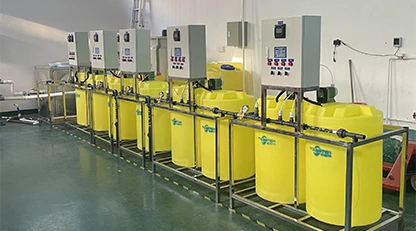
How do you prepare a conductivity meter calibration solution?
To prepare a conductivity meter calibration solution, you need to use a standard solution with a known conductivity value that matches your expected measurement range. One of the most popular calibration solutions is potassium chloride (KCl) which has a stable and reproducible conductivity value at different temperatures. You can either buy pre-mixed KCl solutions or prepare your own by following these steps3145:
Weigh a certain amount of KCl (depending on the desired concentration) and dry it in an oven for 3-5 hours at 105°C then cool it to room temperature in a desiccator.
Dissolve the KCl in purified water or Milli Q water whose conductivity is less than 2 μS/cm to make a 0.01 M solution (or other desired concentration).
Transfer the solution to a plastic cup or a beaker and let it reach room temperature before using it for calibration.
Always use fresh KCl solutions and discard them after use.
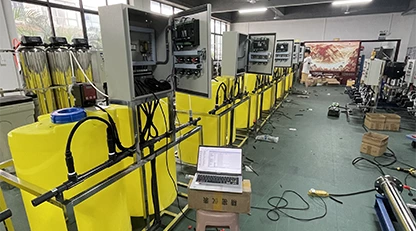
7 Steps for Calibrating Conductivity Meter
There are different methods for calibrating a conductivity meter, but one of the most common ones is the single-point calibration method. Here are 7 steps for calibrating a conductivity meter using this method:
Step 1: Place a plastic cup filled with calibration standard in water at room temperature and leave it for some time.
Step 2: Once the solution has reached room temperature, place the conductivity probe into the solution and wait for a few seconds. The probe should now show its accurate reading on your meter’s display screen.
Step 3: Now that you have got your desired reading from your probe, press the “cal” button on your meter to enter the calibration mode.
Step 4: Use the arrow keys on your meter to adjust the reading until it matches the value provided for the calibration standard.
Step 5: Press the “enter” button on your meter to confirm and save the calibration value1.
Step 6: Rinse the probe with deionized water and dry it with a soft tissue.
Step 7: Repeat steps 1 to 6 with another calibration standard if you want to perform a multi-point calibration or check your meter’s linearity. Otherwise, you are done with calibrating your conductivity meter.



